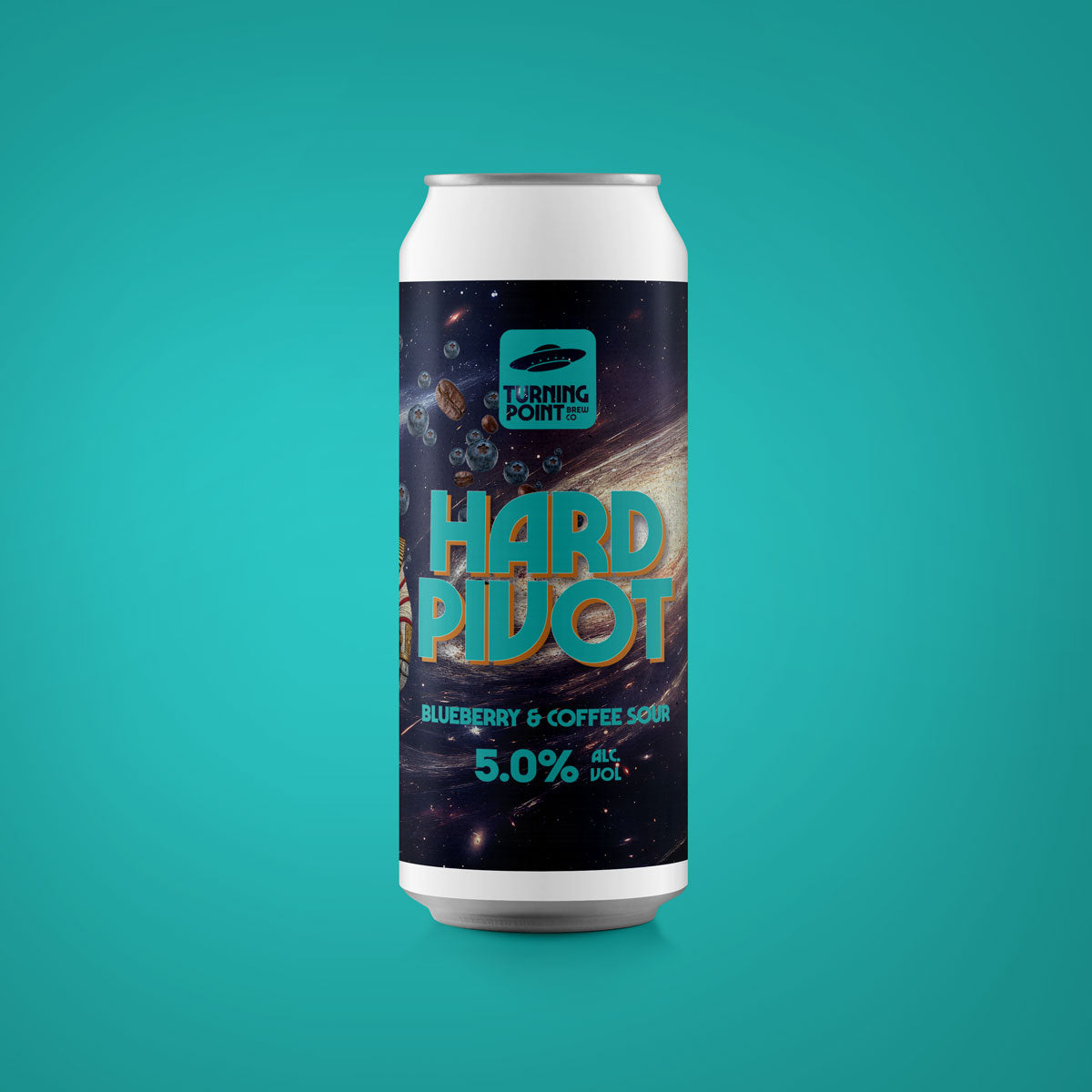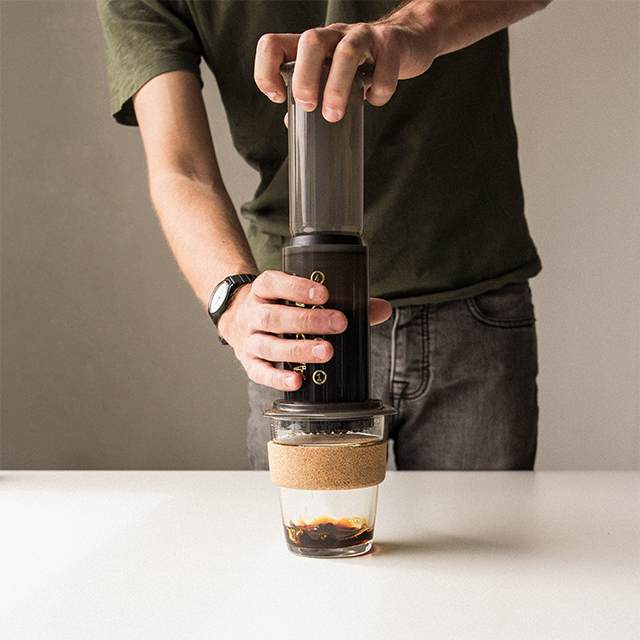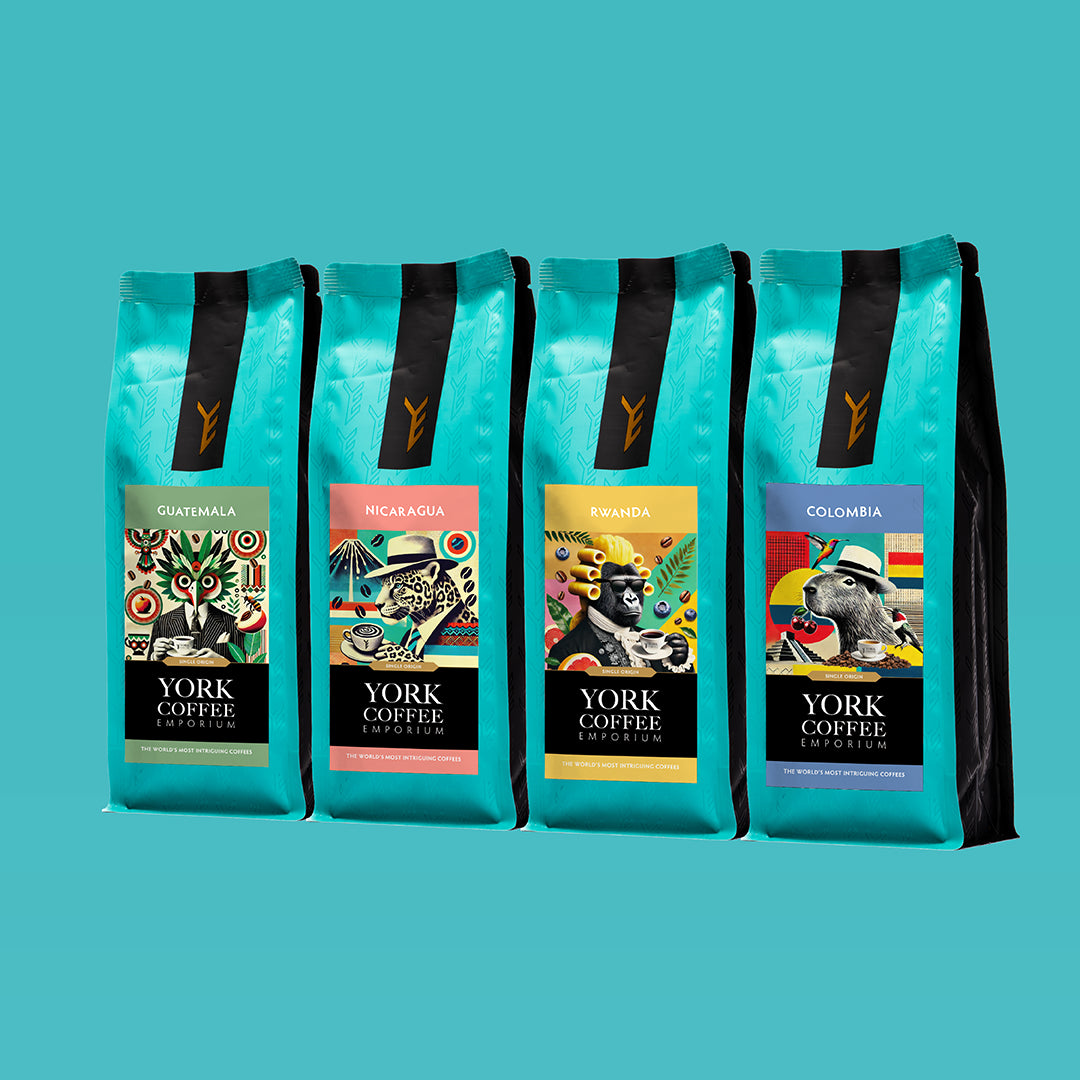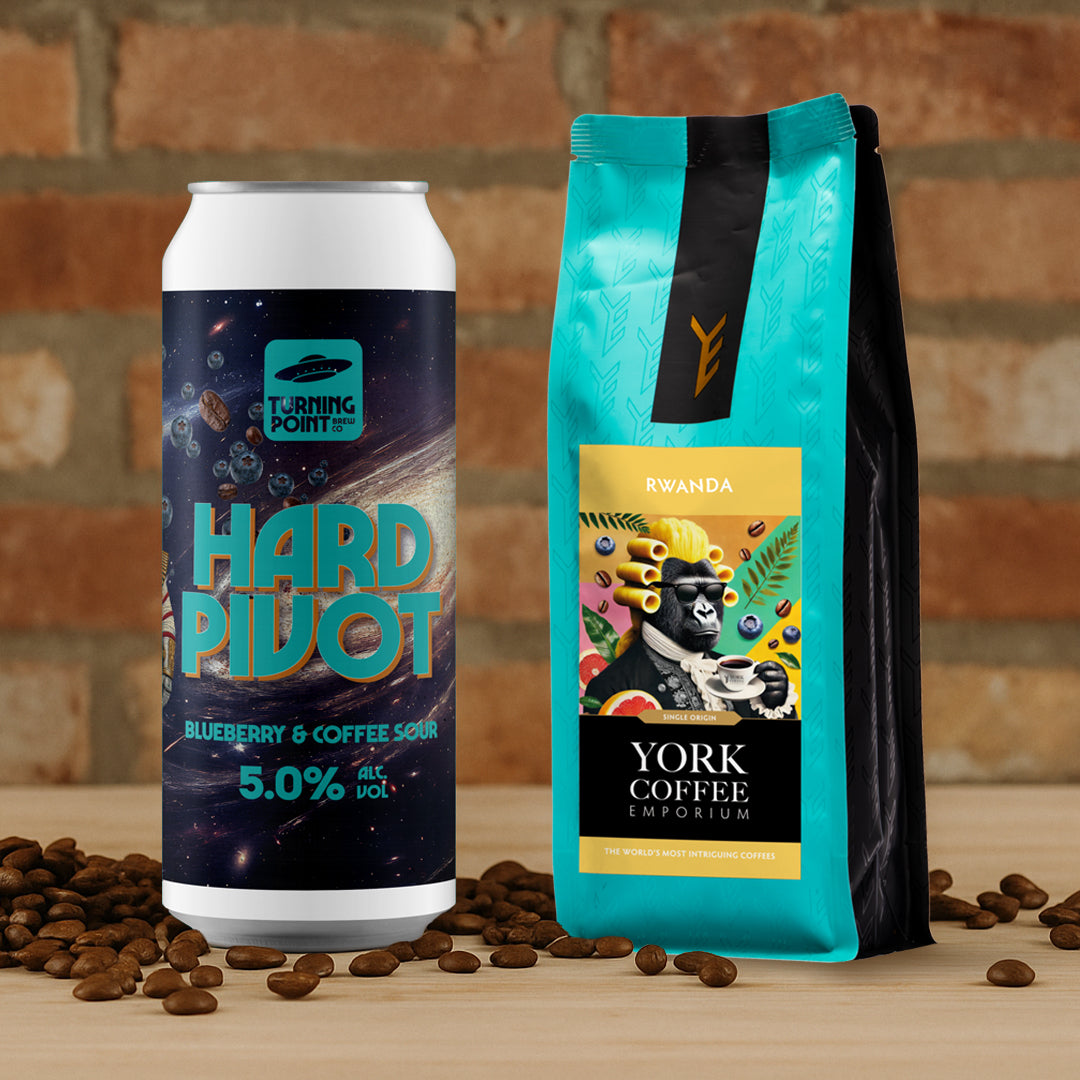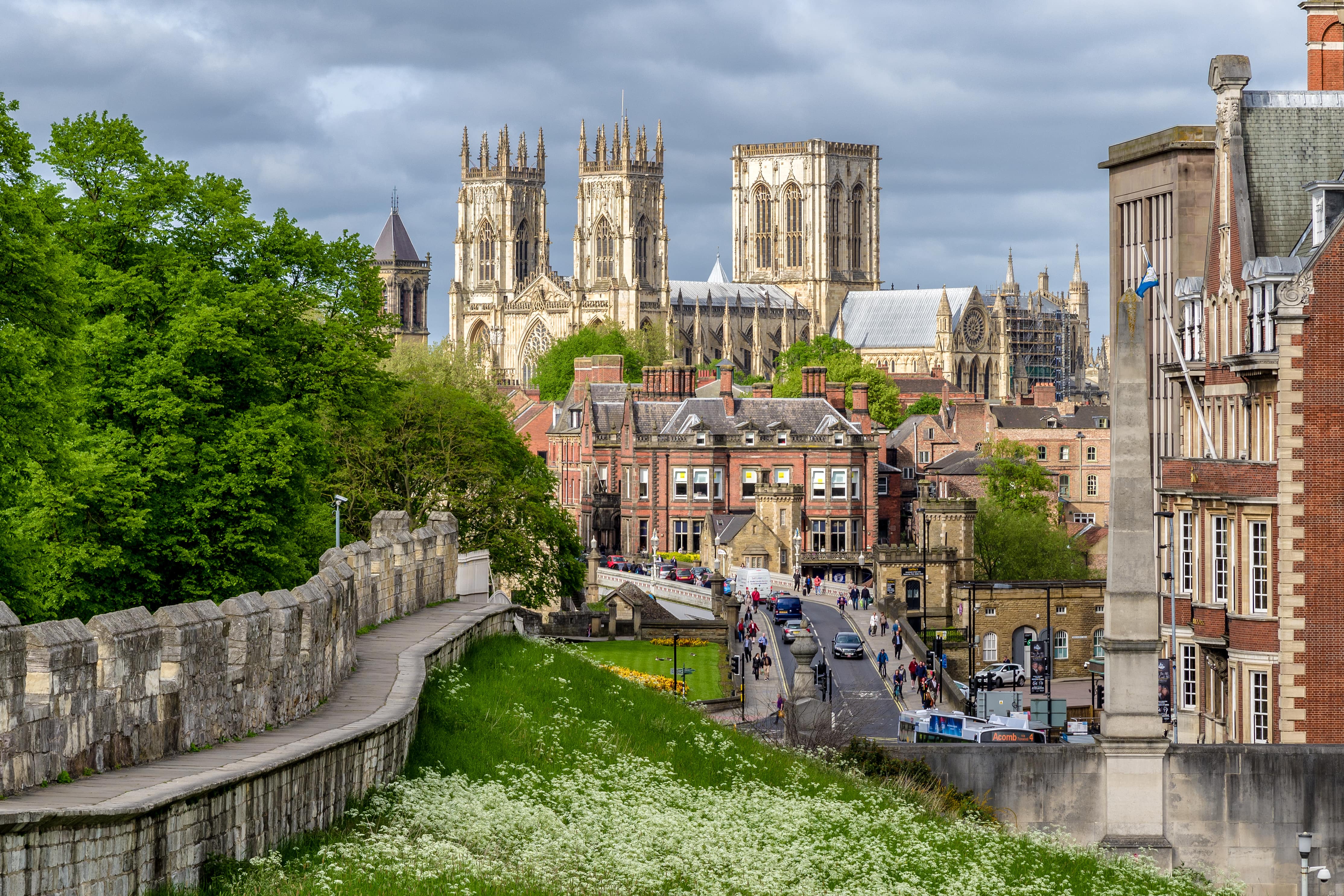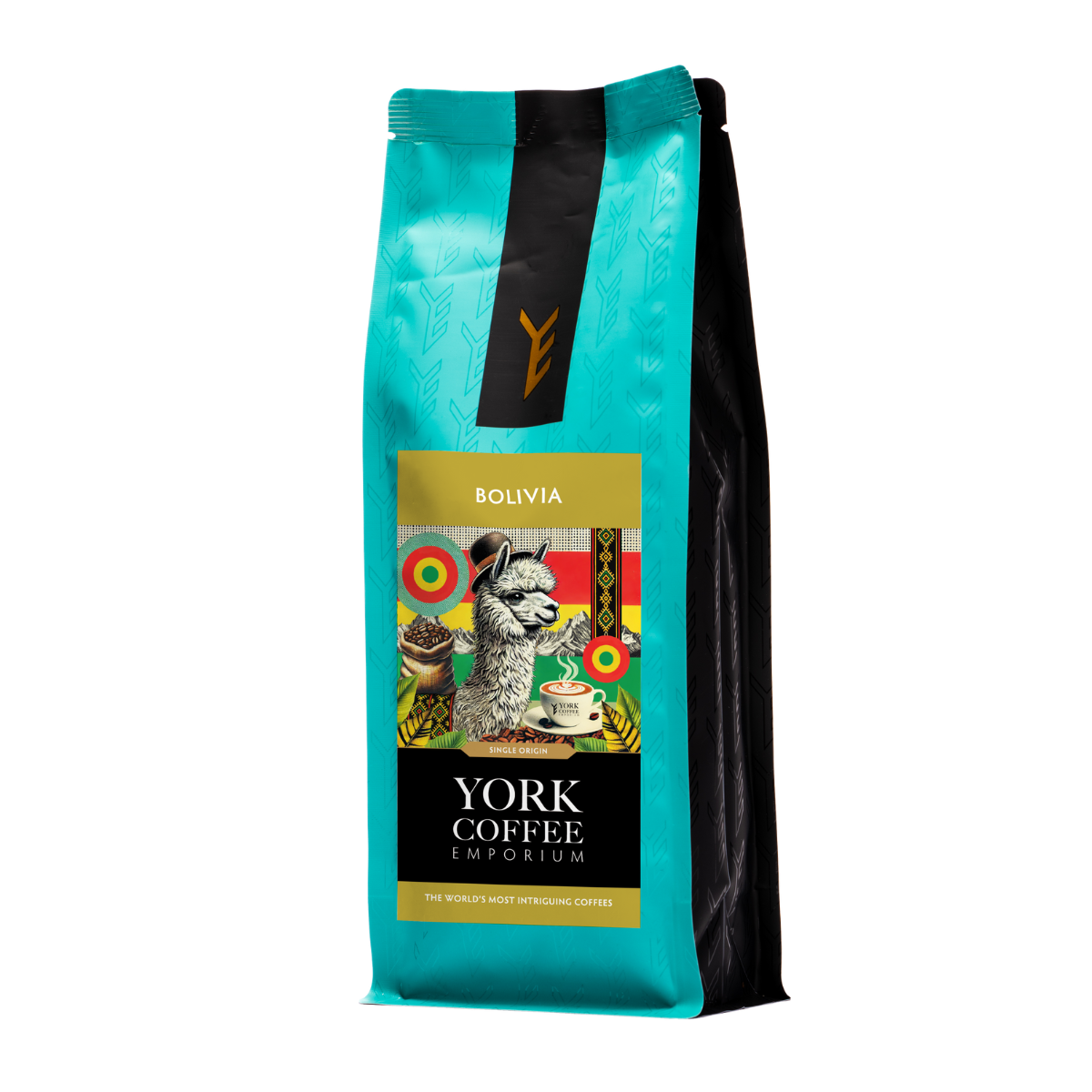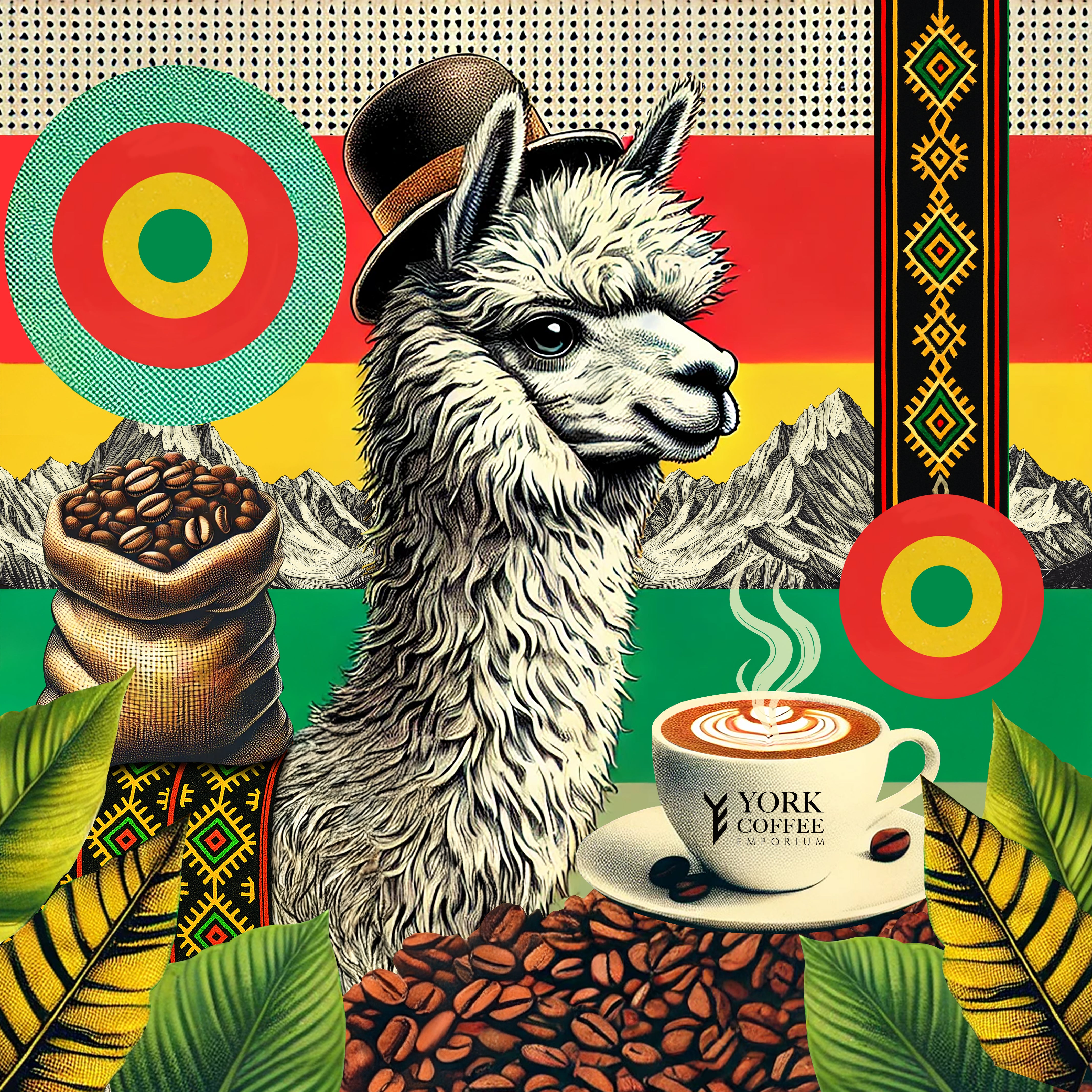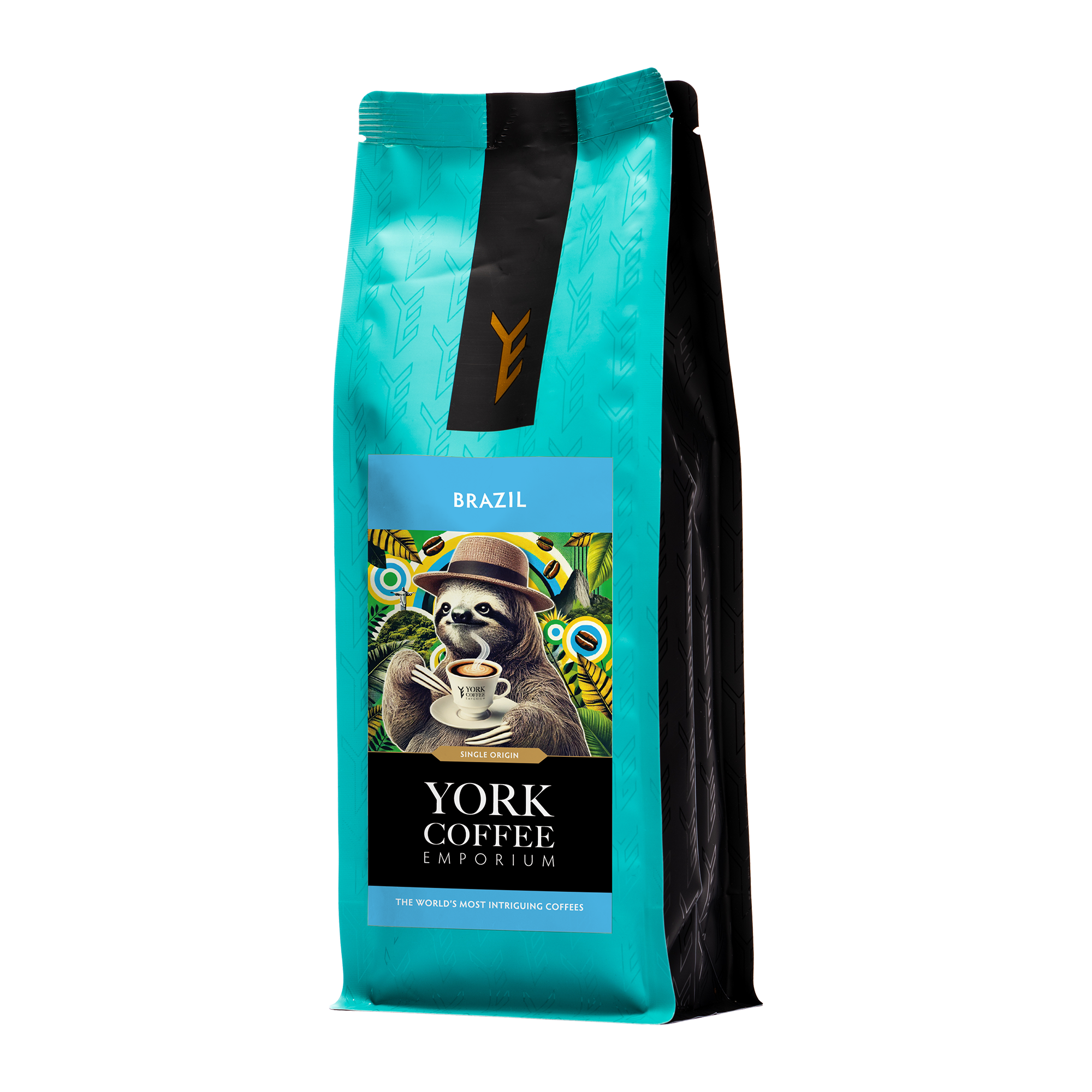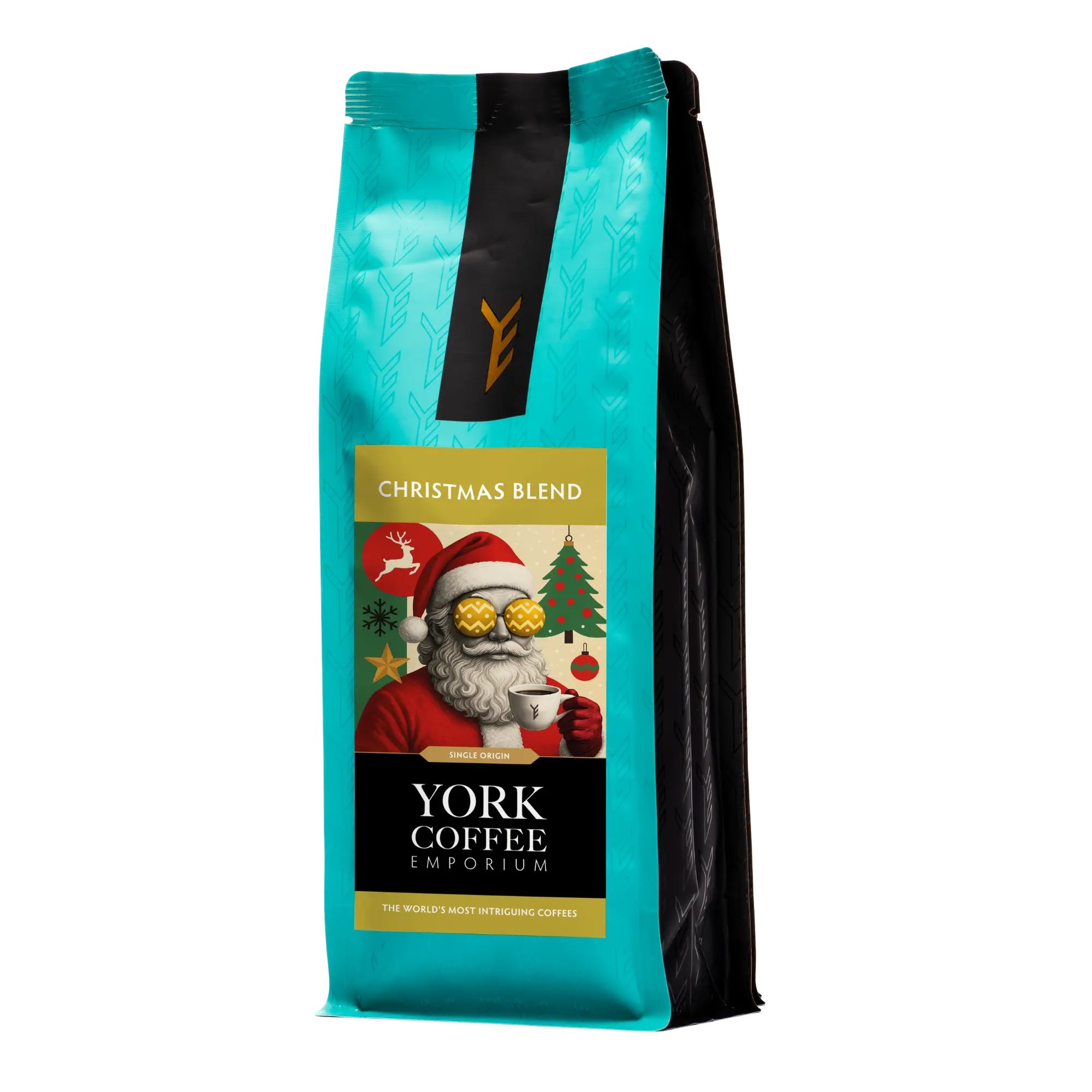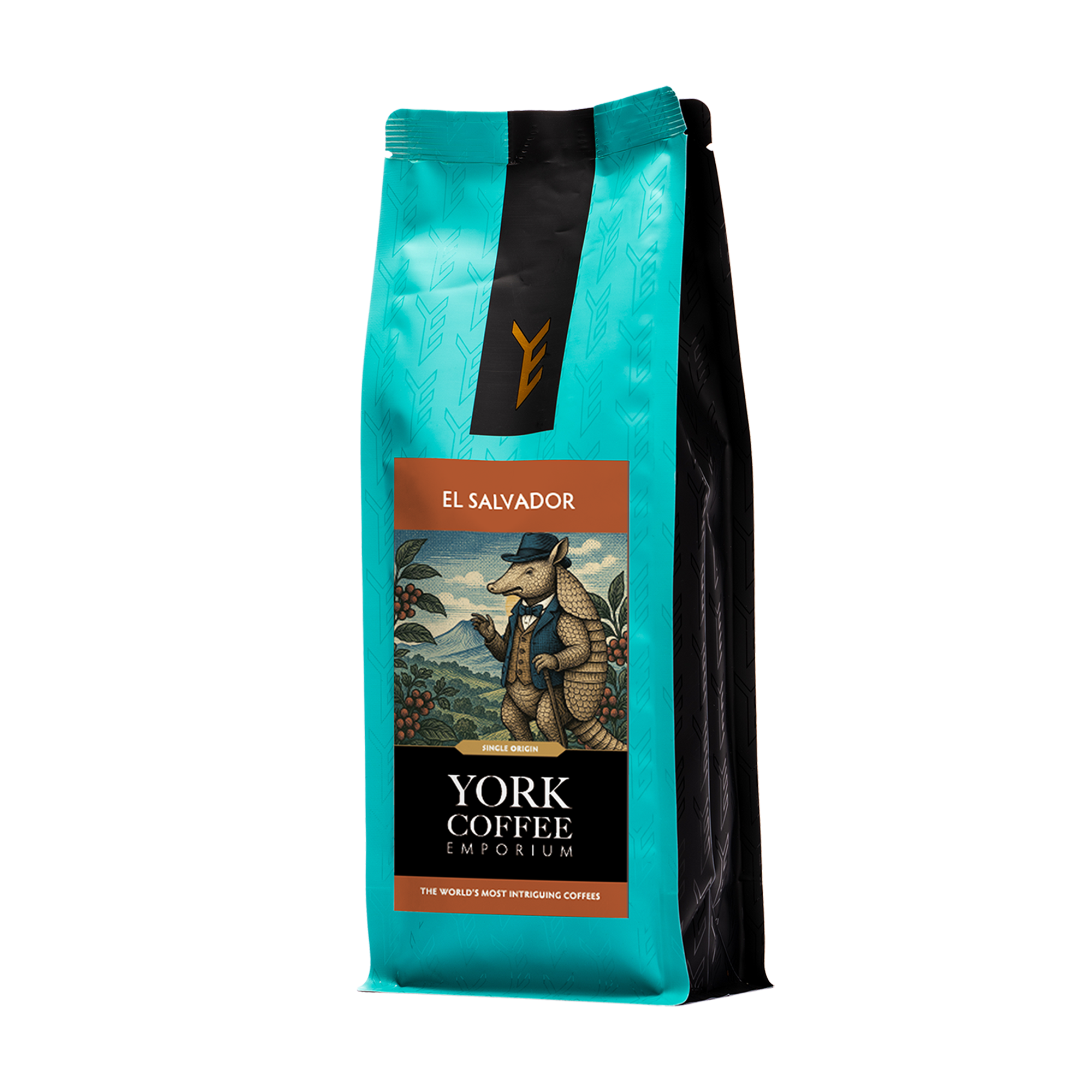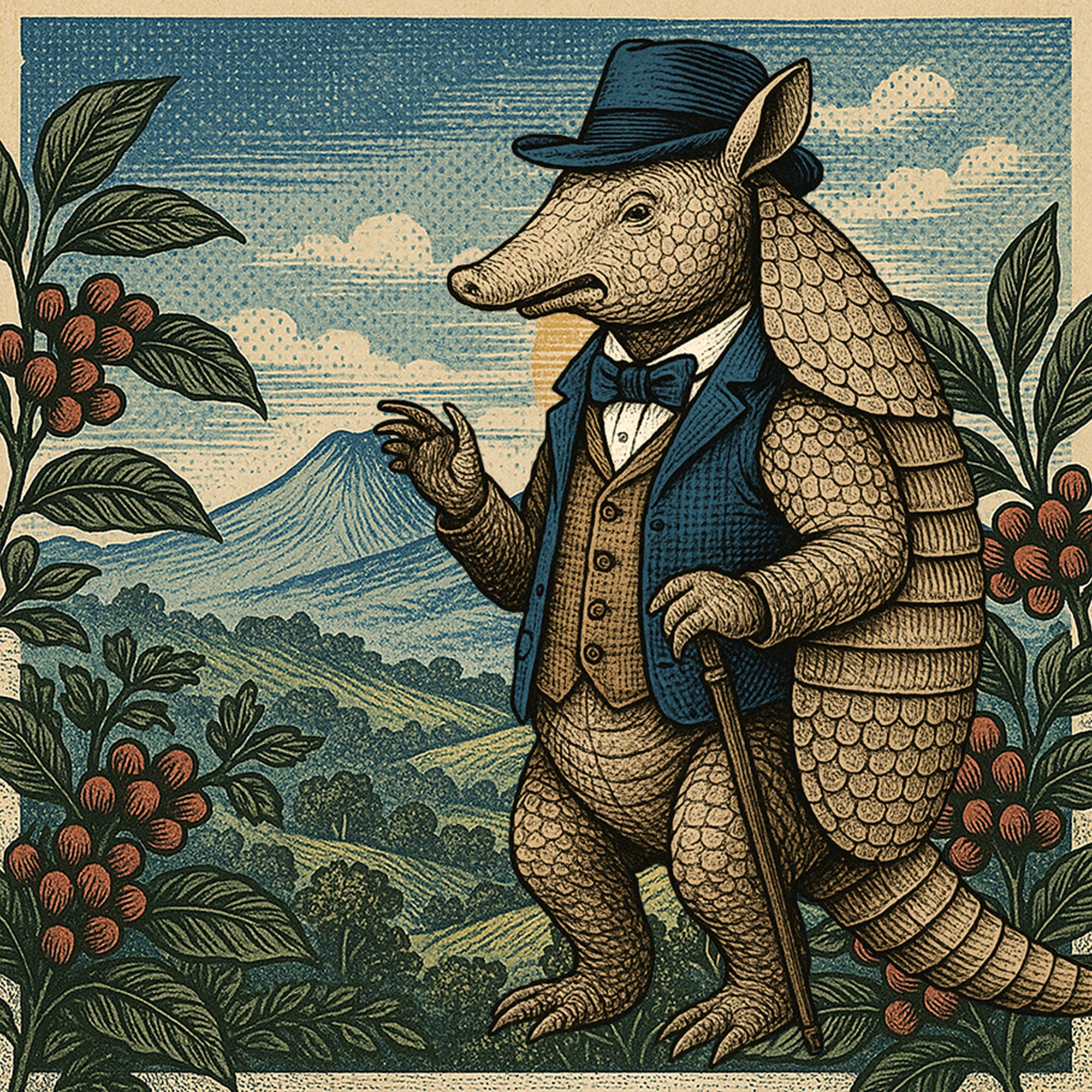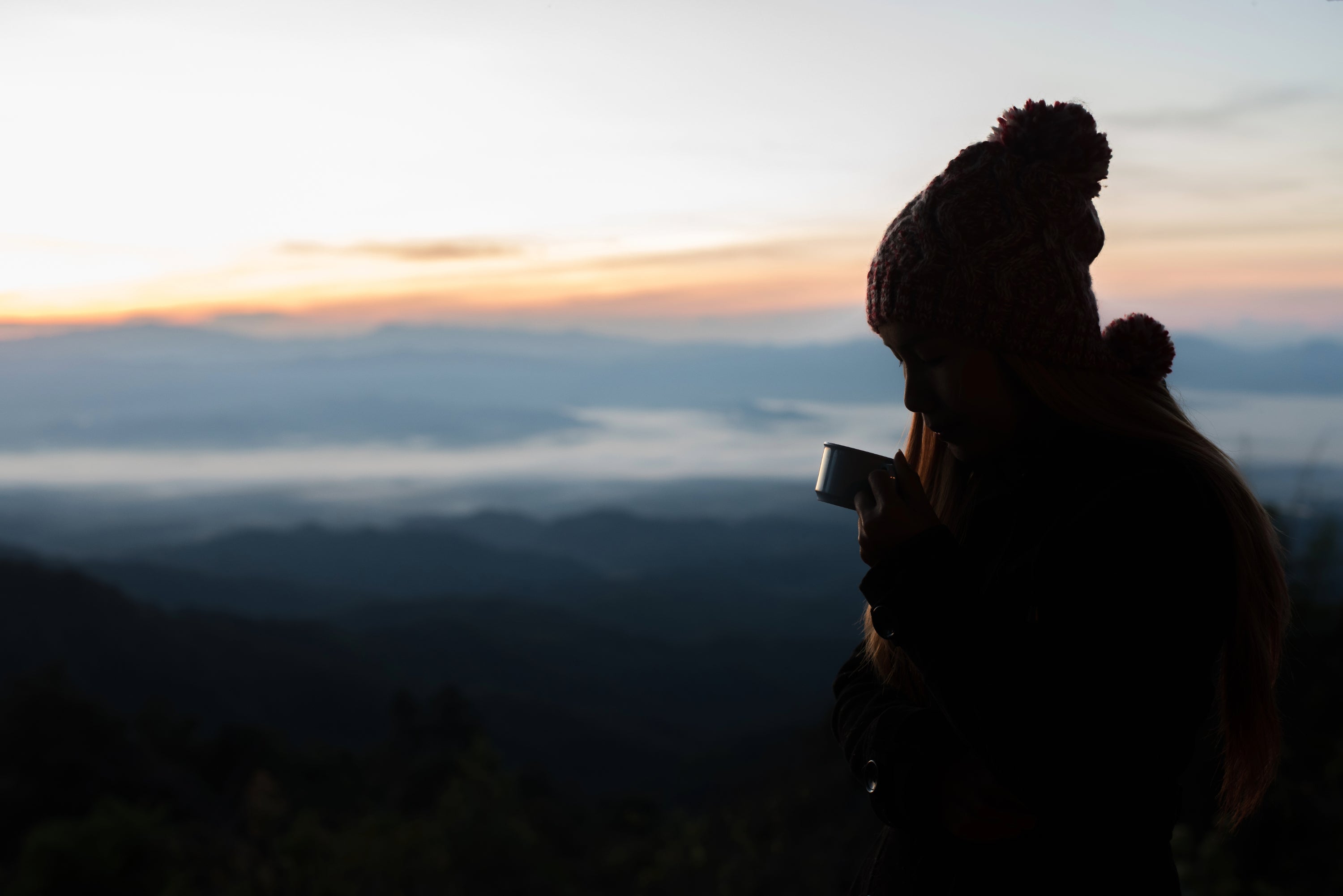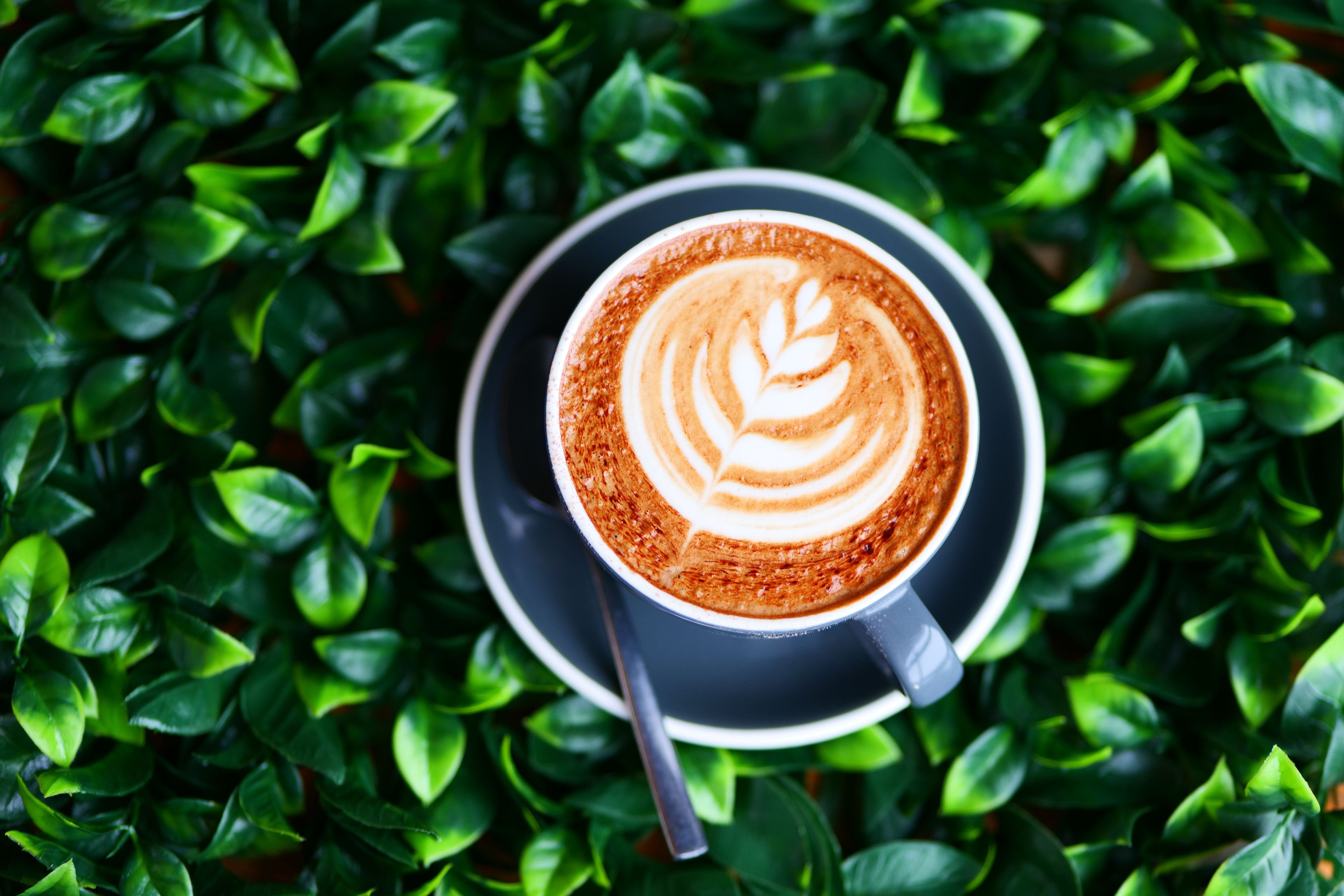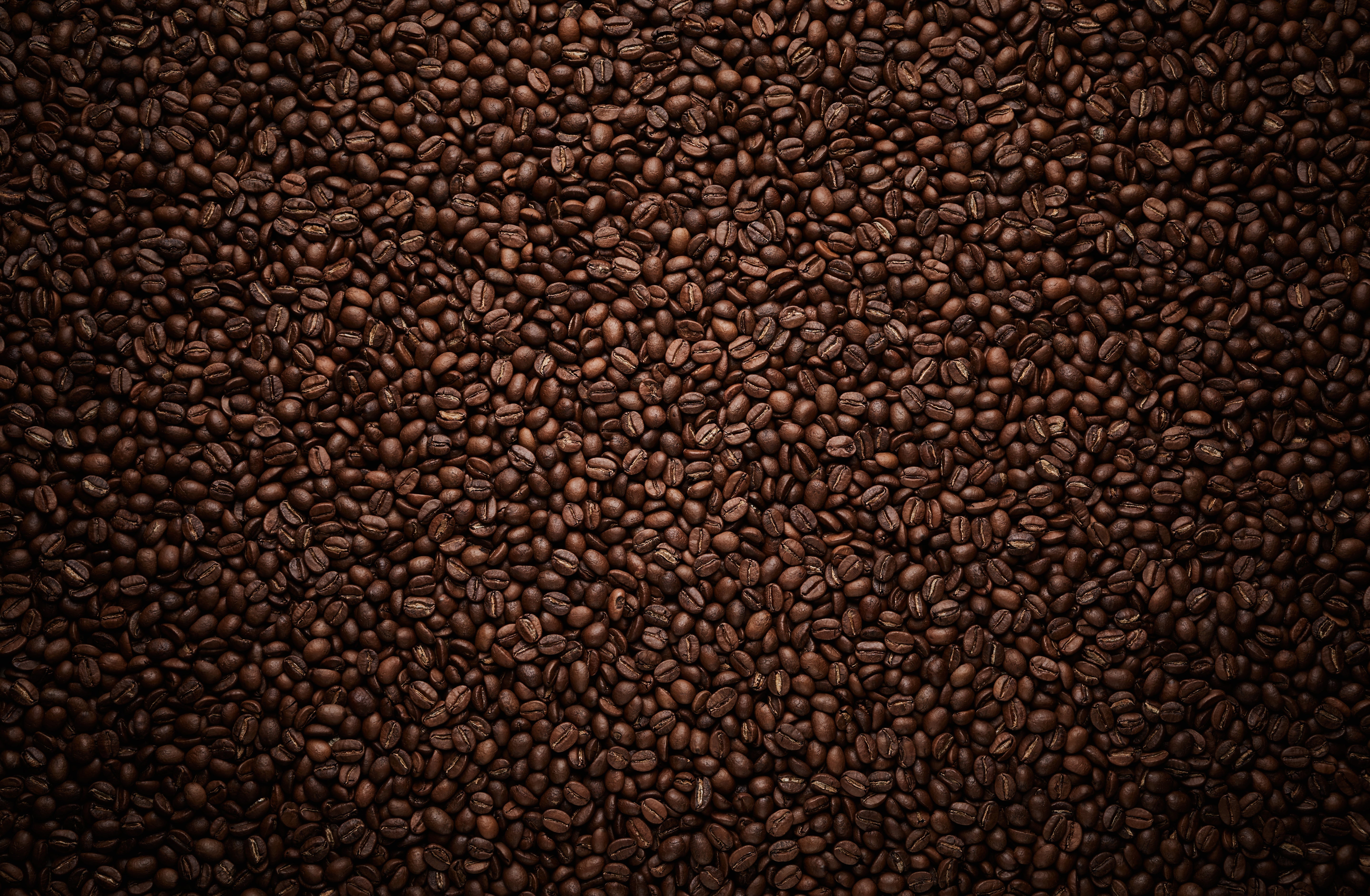
Does the Darkness of Coffee Roast Affect Caffeine?
Coffee lovers often debate whether light or dark roast coffee contains more caffeine. The popular belief is that darker roasts, with their bolder flavour and more robust aroma, must pack a stronger amount of caffeine. However, this myth doesn’t hold up to scrutiny. In reality, the roast level has minimal impact on how much caffeine in coffee ends up in your cup.
Let’s take a closer look at how coffee and roasting interact and dispel the misconception that roast darkness determines caffeine content.
Understanding Coffee Roasting and Caffeine
It’s essential to know how to roast coffee beans to understand that roast level doesn’t significantly impact caffeine. For example, green coffee beans undergo a transformation during the roasting process, where they are heated to specific temperatures to develop their flavour, colour, and texture.
While roasting changes the chemical makeup of the beans, caffeine is highly stable and withstands the high temperatures involved. As a result, the amount of caffeine in a coffee bean remains largely unchanged, regardless of whether it’s roasted lightly or to a dark finish. That’s one major myth immediately proven false!
Light Roast vs Dark Roast: The Caffeine Debate
The confusion around caffeine content often stems from how coffee is measured.
- By weight: If you measure your coffee by weight (e.g., using a scale), light roast and dark roast beans will deliver nearly identical amounts of caffeine. This is because the caffeine content per bean remains consistent, regardless of roast level.
- By volume: If you use a scoop to measure your coffee, you’ll likely get fewer dark roast beans than light roast. This is because dark roast beans expand and become less dense during roasting. As a result, a scoop of dark roast coffee contains fewer beans and therefore less caffeine than a scoop of light roast due to density.
How Brewing Affects Caffeine in Coffee Roasts
While roast level has little effect on caffeine content, your brewing method plays a much more important role in determining how much caffeine ends up in your coffee.
- Espresso: A concentrated shot of coffee with significant caffeine per ounce, though it’s typically consumed in smaller quantities.
- Drip Coffee: The most common brewing method, offering moderate caffeine levels depending on grind size and brew time.
- French Press: A longer steeping time can result in a more caffeine-rich brew.
- Cold Brew: This method involves steeping coffee grounds in cold water for 12–24 hours, extracting more caffeine due to the extended brewing time.
The grind size, water temperature, and brewing duration all play key parts in determining the final caffeine content of your coffee.
Common Myths About Coffee and Roasting
Myth 1: A dark roast has more caffeine
This belief likely stems from the intense flavour of dark roast coffee. While it tastes stronger, it doesn’t contain more caffeine than lighter roasts.
Myth 2: A light roast has less caffeine
Some believe light roasts contain less caffeine because they’re roasted for a shorter time. However, this difference is negligible. When measured by weight, both light and dark roasts have almost the same caffeine content.
Myth 3: Roasting depletes caffeine
Although roasting alters the bean’s size, flavour, and moisture content, it doesn’t significantly affect its caffeine levels.
Tips for Controlling Caffeine in Your Coffee
If you’re looking to adjust your caffeine intake, focus on factors beyond roast level, such as:
- Brewing method: Longer brew times and methods like cold brew or French press extract more caffeine.
- Serving size: Adjust the amount of coffee you brew to suit your caffeine needs.
- Measurement: Use a scale to measure your coffee by weight for greater consistency.
By considering these factors, you can control how much caffeine in coffee you end up with, without worrying about whether it’s a light or dark roast.
The Art of Coffee and Roasting
Roasting coffee is an art, and each roast level offers unique flavours and characteristics. Coffee and roasting go hand in hand to create the rich, aromatic beans that we brew into our favourite drinks. Whether you enjoy the bright acidity of a light roast or the bold intensity of a dark roast, your choice should be guided by flavour preferences, not caffeine content.
Focus on Flavour, Not Caffeine
The idea that roast darkness dictates caffeine content is just a myth. Both light and dark roasts contain similar amounts of caffeine when measured by weight. Instead of worrying about caffeine levels, focus on finding the roast that best matches your flavour preferences and pairing it with a brewing method that suits your taste.
At York Emporium, we celebrate the diversity of coffee and the many ways it can be enjoyed. Whether you’re a fan of light, medium, or dark roasts, you can savour your brew, knowing the caffeine content is not defined by its roast level but by how you brew it.

